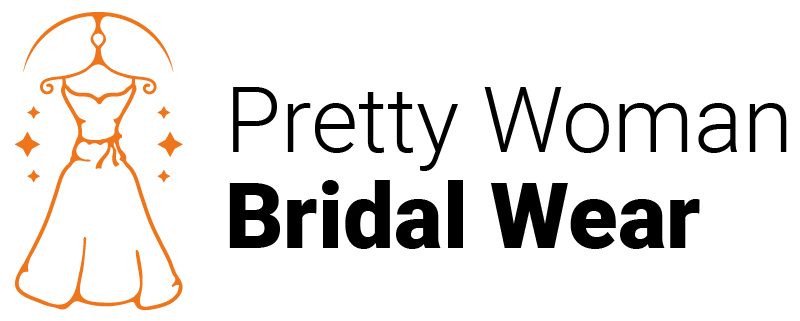The requirement to have an officiant at a wedding ceremony be a married person wedding ceremony first came into existence during the Fourth Lateran Council 1215, a council of medieval senior church officials that the pope convened.
In the past, the Roman Catholic Church had sought to stop secret or irregular weddings by urging couples to get married before an official priest. Because marriage was considered a sacrament, the presence of a celebrant for marriage was an absolute requirement to make sure that the couple met the provisions of the law and religion.
In the 16th century, the Council of Trent, which was a series of meetings that countered the Reformation, included requirements that any valid church wedding had two witnesses. The goal was to stop fraud and ensure the marriage ceremony.
Read more: In the age of coronavirus, only tiny weddings are allowed, and the extended family BBQ is out.
England had undergone the Protestant Reformation by this time and had not adopted all of these rules. According to medieval canon law, English couples could marry without anyone else being present by simply exchanging wedding vows in the present tense (for example, “I take you to be my wife from this day forward”).
This led to uncertainty and Elopements. Some priests acted as rogues who conducted secret weddings for couples who were eloping, referred to by the name of “fleet marriage” (named in honor of the London chaplaincy at Fleet Prison).
The famous English writer John Donne married in this manner. He was acquitted and released after proving his wedding was legally valid.
Consequently, the Church of England wanted to have more control over all weddings. Lord Hardwicke’s Marriage Act 1753 was later adopted, which required that all marriages that are recognized be performed by a clergyman who was authorized to do so. The Church of England.
A celebrant was legally required for all weddings in England. (Jewish and Quaker weddings were not subject to these laws.)
The Marriage Act of 1836 ended the Church of England’s control over marriage ceremonies, allowing civil ceremonies of today.
The act also made it mandatory that two witnesses must be present at the wedding. A system for registering births, deaths, and marriages was implemented in the UK the year before. More formal proof was needed.



